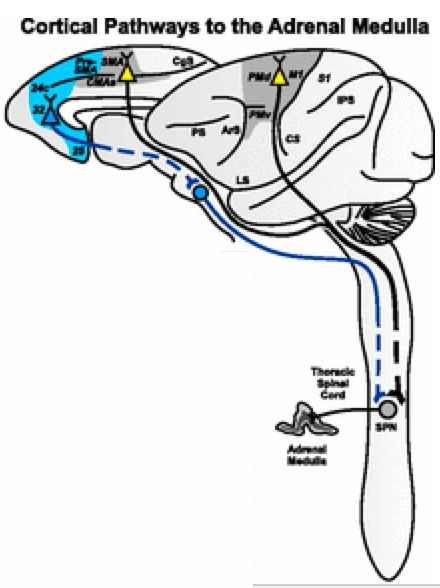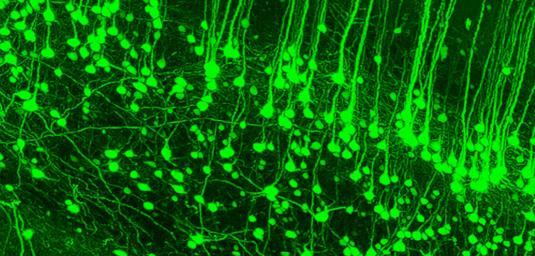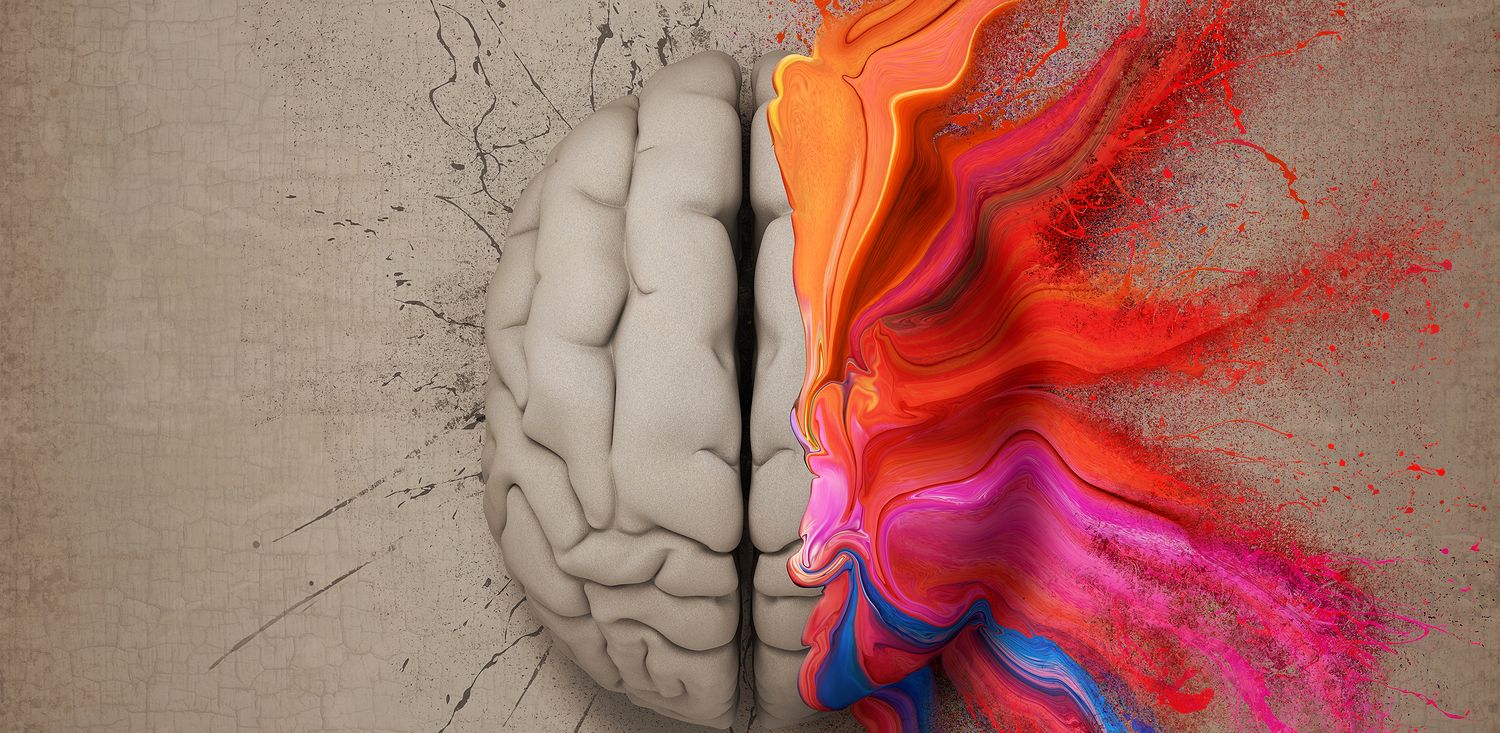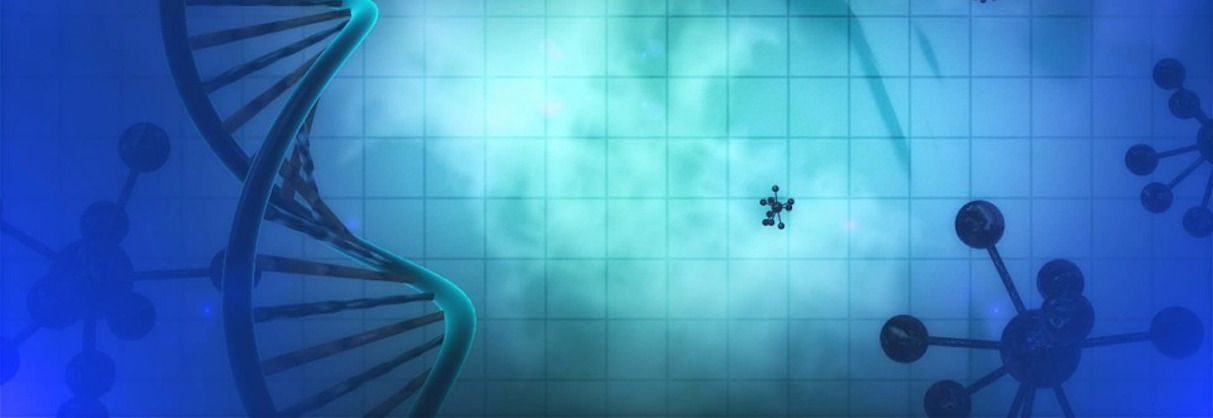Awesome.
Stroke is the leading cause of serious, long-term disability in the US. Every year almost 800,000 people suffer from a stroke. The impact on their lives, and the lives of those around them can be devastating.
Right now the only treatment approved by the US Food and Drug Administration (FDA) is tissue plasminogen activator or tPA. This helps dissolve the blood clot causing most strokes and restores blood flow to the brain. However, to be fully effective this has to be administered within about 3–4 hours after the stroke. Many people are unable to get to the hospital in time and as a result suffer long-term damage, damage that for most people has been permanent.
But now a new study in Nature Medicine shows that might not be the case, and that this damage could even be reversible.







